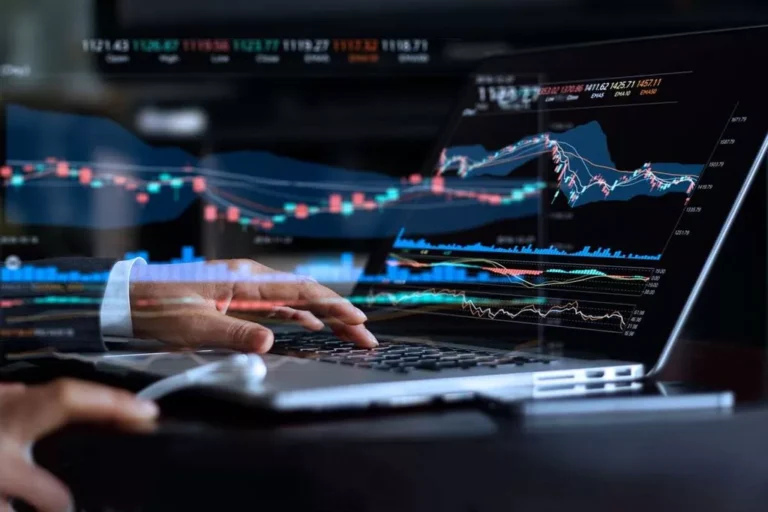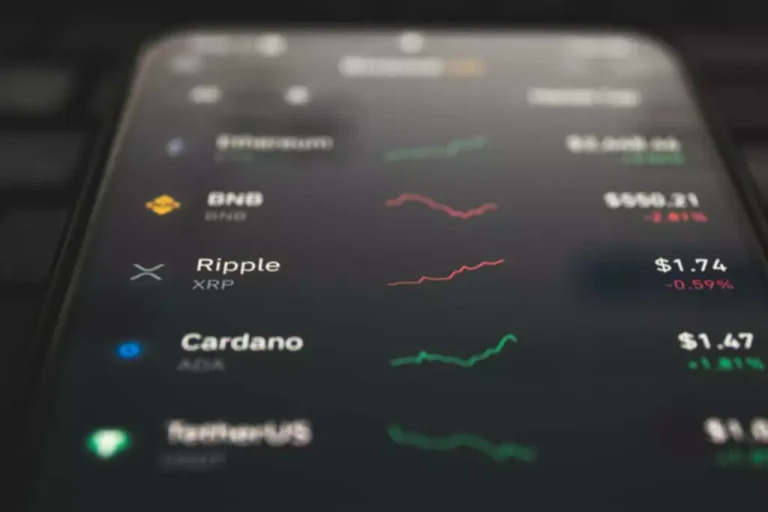Content
If the issuer defaults on the note, you might lose some or all of your investment. In some instances, ETNs can be subject to early redemption or an “accelerated” maturity date at the discretion of the issuer or one of its affiliates. Since ETNs may be called at any time, their value when called may be etp vs etf less than the market price that you paid or even zero, resulting in a partial or total loss of your investment. ETPs can be owned in a number of different types of accounts, such as tax-advantaged accounts, like retirement accounts, or brokerage accounts. ETFs are made up of stocks, but there is no such thing as an “ETF stock.” You can purchase a share of an ETF, but you cannot purchase stock in an ETF. Generally speaking, ETFs have lower fees than mutual funds — and this is a big part of their appeal.

Who are the Authorized Participants in an ETF?
These risks often are Proof of space heightened for investments in emerging/ developing markets or in concentrations of single countries. For investments in so-called qualified accounts like a 401(k) or IRA, taxes are a less-immediate consideration. But for investors with taxable (non-qualified) accounts, owning cost- and tax-efficient iShares ETFs can help improve your long-term investment returns, allowing you to keep more of what you earn. When it comes to owning ETFs, a key element to consider is the Total Expense Ratio (TER), which represents the total cost of holding an ETF for one year. These costs consist primarily of management fees and additional fund expenses, such as trading fees, legal fees, auditor fees, and other operational expenses. You should choose ETFs that fit your investment goals and risk tolerance and help you achieve the desired asset mix in your portfolio.
What are the Different Types of ETFs?
Visit to view a prospectus, which includes investment objectives, risks, https://www.xcritical.com/ fees, expenses and other information that you should read and consider carefully before investing. Bond funds are subject to the risk that an issuer will fail to make payments on time, and that bond prices will decline because of rising interest rates or negative perceptions of an issuer’s ability to make payments. See the Vanguard Brokerage Services Commission and Fee Schedules for limits.
What are the Advantages of Investing in an ETF?
Our team of experts prides themselves in making the listing experience seamless. For existing issuers, we are pleased to offer our online platform, Listing Manager, to streamline the submission of Supplemental Listing Applications (SLAPs), for both new listings as well as any corporate action. Choosing an ETF first starts with understanding one’s investment goals, and whether that ETF will help you meet those goals. Understanding the potential benefits of ETFs is an important step toward determining whether ETFs can be an appropriate choice for your portfolio. Whether you’re looking to build wealth, or to just save up for a vacation, iShares ETFs can make investing as easy as choosing a playlist of songs.
How Are Exchange Traded Funds Bought And Sold?
Keep in mind that you can’t convert ETF Shares back to conventional shares. If you decide in the future to sell your Vanguard ETF Shares and repurchase conventional shares, that transaction could be taxable. As a global investment manager and fiduciary to our clients, our purpose at BlackRock is to help everyone experience financial well-being. Since 1999, we’ve been a leading provider of financial technology, and our clients turn to us for the solutions they need when planning for their most important goals. Low liquidity of an ETF can lead to higher trading costs or difficulty in buying or selling the ETF.
- A swap in finance is a contract in which two parties agree to exchange the cash flows of one financial instrument for another.
- These are typically used by traders who are speculators looking to take advantage of short-term trading opportunities in major stock indexes.
- Use our investor questionnaire to find the asset mix—the combination of stocks, bonds, and cash—that best fits your needs.
- Typically, when interest rates rise, there is a corresponding decline in the value of debt securities.
- The diversity of ETFs increases the possibilities of using ETFs for tactical allocation.
Index ETFs aim to be straightforward and transparent about their investment objectives. In addition, information on ETFs holdings, performance and costs is published daily and freely available on the product page for each ETF. You’ve probably learned that keeping fees low is a big driver of successful investing. And while that’s important, taxes may be more harmful to long-term returns than fund management fees. ETFs are widely available commission free on most online brokerage accounts and through investment professionals. You can also purchase directly through Fidelity, where iShares ETFs trade commission-free online.
ETFs are often compared to mutual funds because they pool investors’ assets and use professional fund managers to invest the money according to a specific strategy detailed in the fund’s prospectus. Shares of ETFs may be bought and sold throughout the day on the exchange through any brokerage account. Shares are not individually redeemable from an ETF, however, shares may be redeemed directly from an ETF by Authorized Participants, in very large creation/redemption units.
And even then, the initial excitement can quickly turn to fear if the stock you pick doesn’t perform well. Index ETFs—byfar the most common ETF strategy—invest in broad indexes that can include hundreds or even thousands of stocks, such as the Russell 3000. Index ETFs can offer an easy way to invest in the market as a whole. Vanguard’s advice services are provided by Vanguard Advisers, Inc. (“VAI”), a registered investment advisor, or by Vanguard National Trust Company (“VNTC”), a federally chartered, limited-purpose trust company. Big moves—like when a company is completely removed from an index—happen very rarely. So you’ll usually have few, if any, capital gains distributions to report at tax time.
An exchange-traded fund (ETF) is a basket of investments like stocks or bonds. They often have lower fees than other types of funds, and are traded more easily, too. The investing information provided on this page is for educational purposes only.
Vanguard’s Consumer Staples ETF (VDC) tracks the MSCI US Investable Market Consumer Staples 25/50 Index and has a minimum investment of $1.00. The fund holds shares of all 104 companies on the index, some familiar to most because they produce or sell consumer items. A few of the companies held by VDC are Proctor & Gamble, Costco, Coca-Cola, Walmart, and PepsiCo. Investors who buy $1.00 in VDC own $1.00 shares representing 104 companies. Various types of ETFs are available to investors for income generation, speculation, and price increases, and to hedge or partly offset risk in an investor’s portfolio.

A limit order is an order to buy or sell a stock at a set price or better — But there is no guarantee the order will be filled. Please read this page before proceeding, as it explains certain restrictions imposed by law on the distribution of this information and the countries in which our funds are authorized for sale. It is your responsibility to be aware of and to observe all applicable laws and regulations of any relevant jurisdiction.
Most of these platforms offer commission-free trading, meaning that investors don’t have to pay fees to the platform providers to buy or sell ETFs. In addition, ETFs typically (though not always) track an index, while many mutual funds (but not all) are actively managed. The market price can change throughout the trading day and may be above or below the total value of the stocks and bonds the ETF invests in. Though the difference is usually small, it could be significant when the market is particularly volatile. If you have a brokerage account at Vanguard, there’s no charge to convert conventional shares to ETF Shares. If you own your Vanguard mutual fund shares through another broker, keep in mind that some brokers may not be able to convert fractional shares, which could result in a modest taxable gain for you.
Some ETPs are designed to provide returns that are leveraged (such as two- or three-times) or inverse (such as the opposite or twice the opposite) of the return of the index or benchmark they track. These are typically referred to as leveraged or inverse (collectively, “geared”) ETPs. This geared exposure is usually for a specific period, like one day or one month, and such products are generally not designed to be held for periods that deviate from that.
The fund manager must often sell fund securities to honor redemptions, potentially triggering capital gains which then trickle down to the fund’s investors. A big reason for the tax efficiency of ETFs is the vast majority are index funds, which typically trade less frequently than actively managed funds. Low turnover means fewer sales of stocks that have appreciated, generating fewer taxable capital gains. With more than 8,500 ETFs to choose from globally (as of 2022), if you have investable assets, there’s probably an ETF or two worth considering. ETFs offer an easy, cost-effective way to build a highly diversified portfolio and tweak it as necessary over time.
More Stories